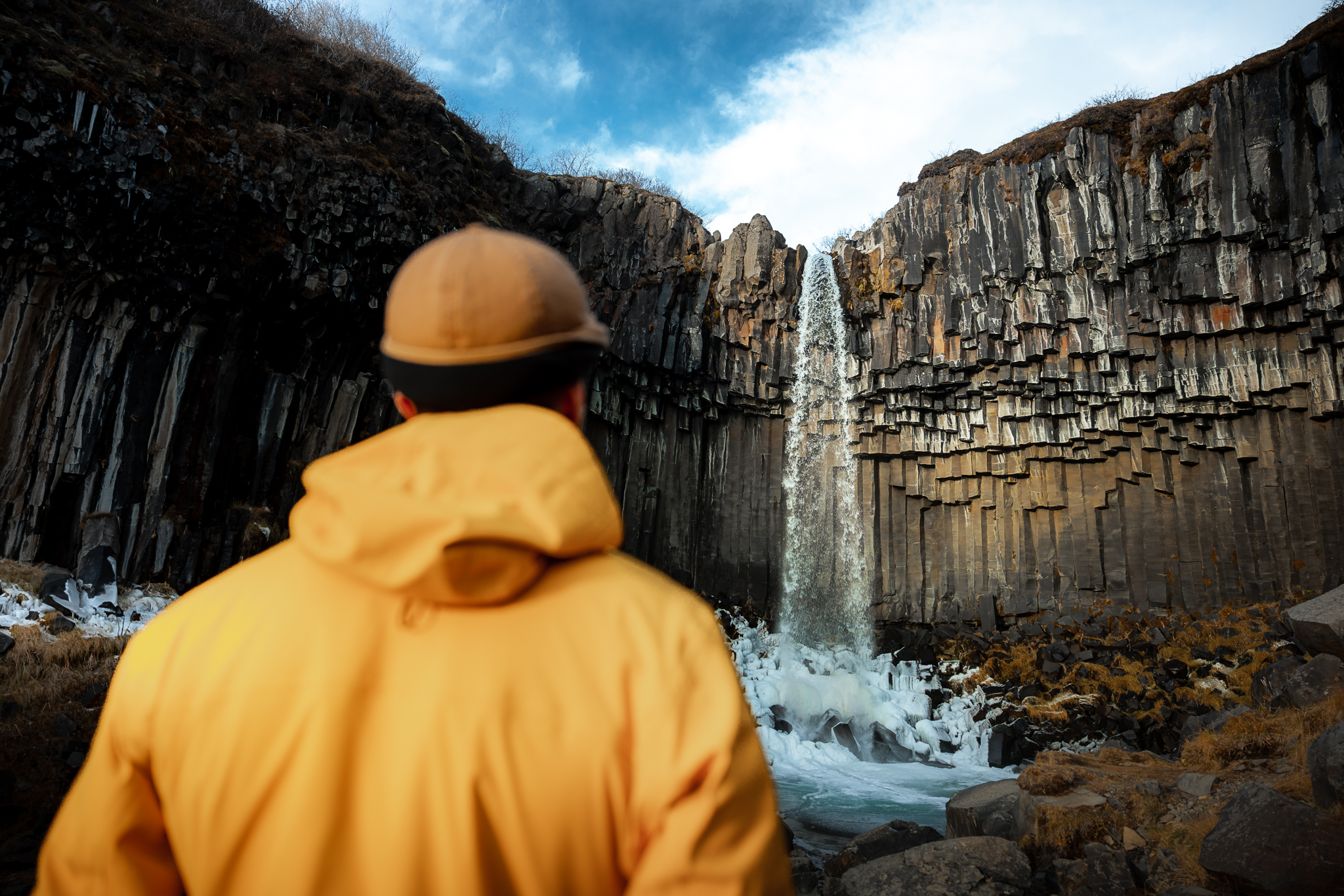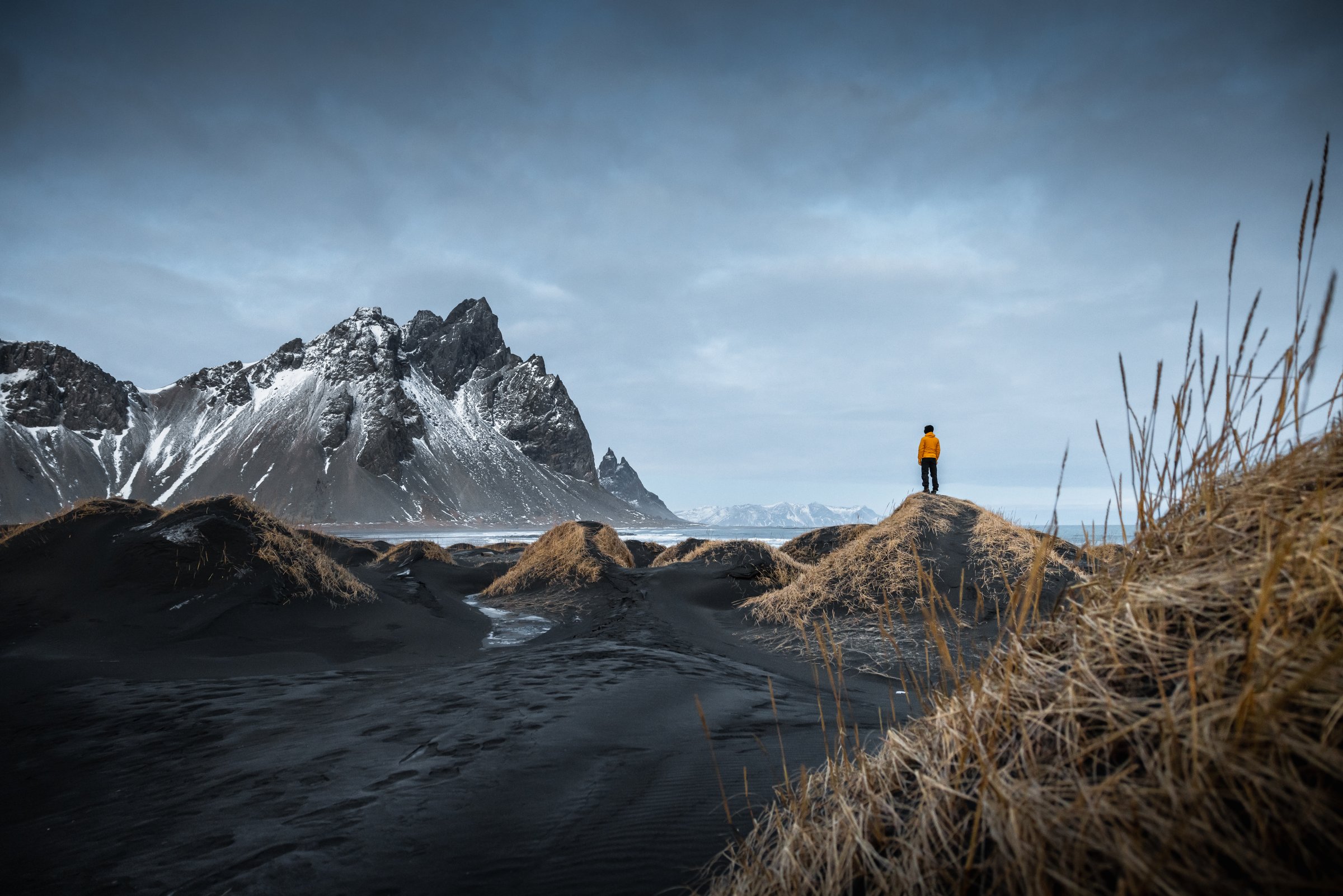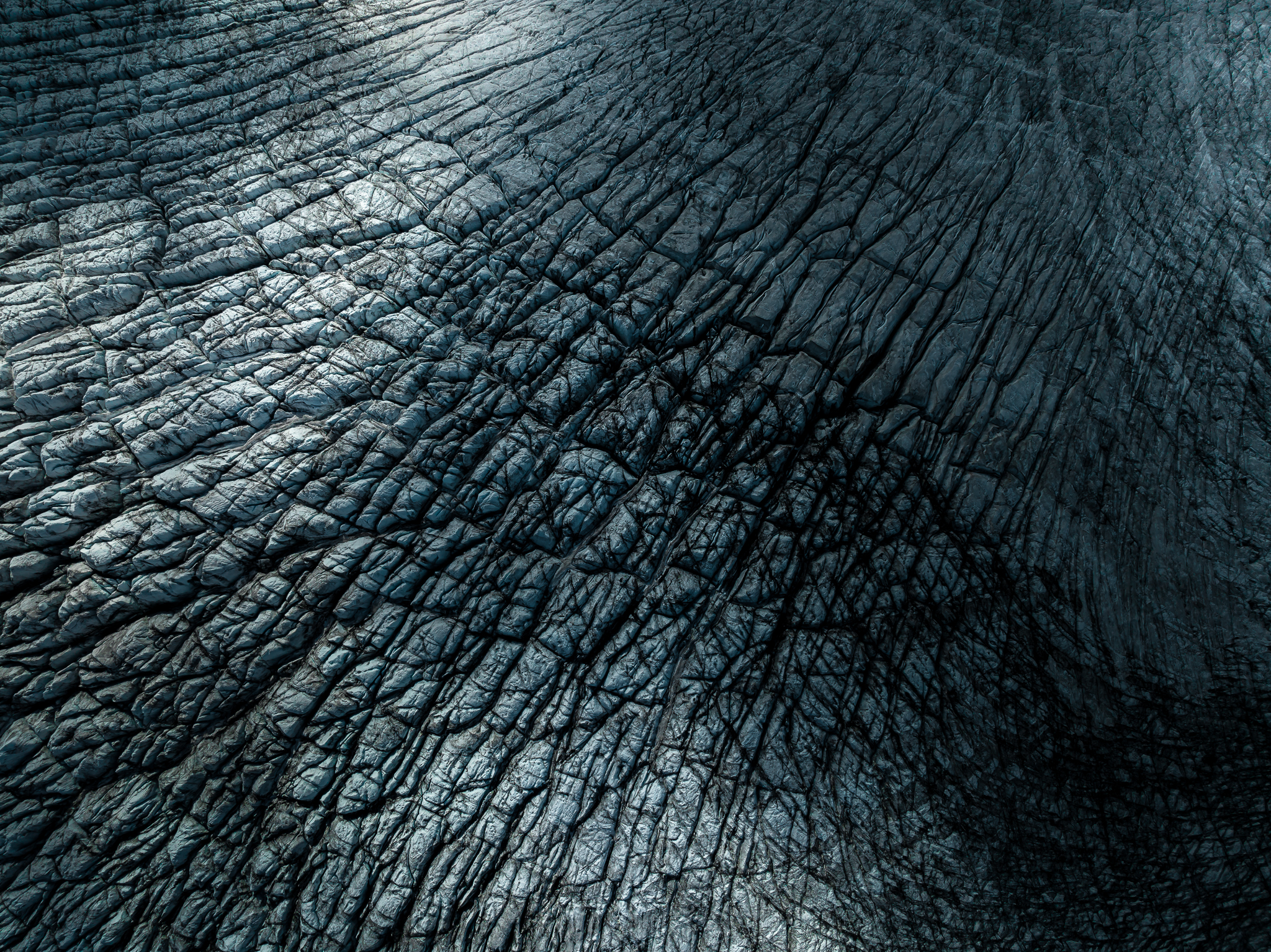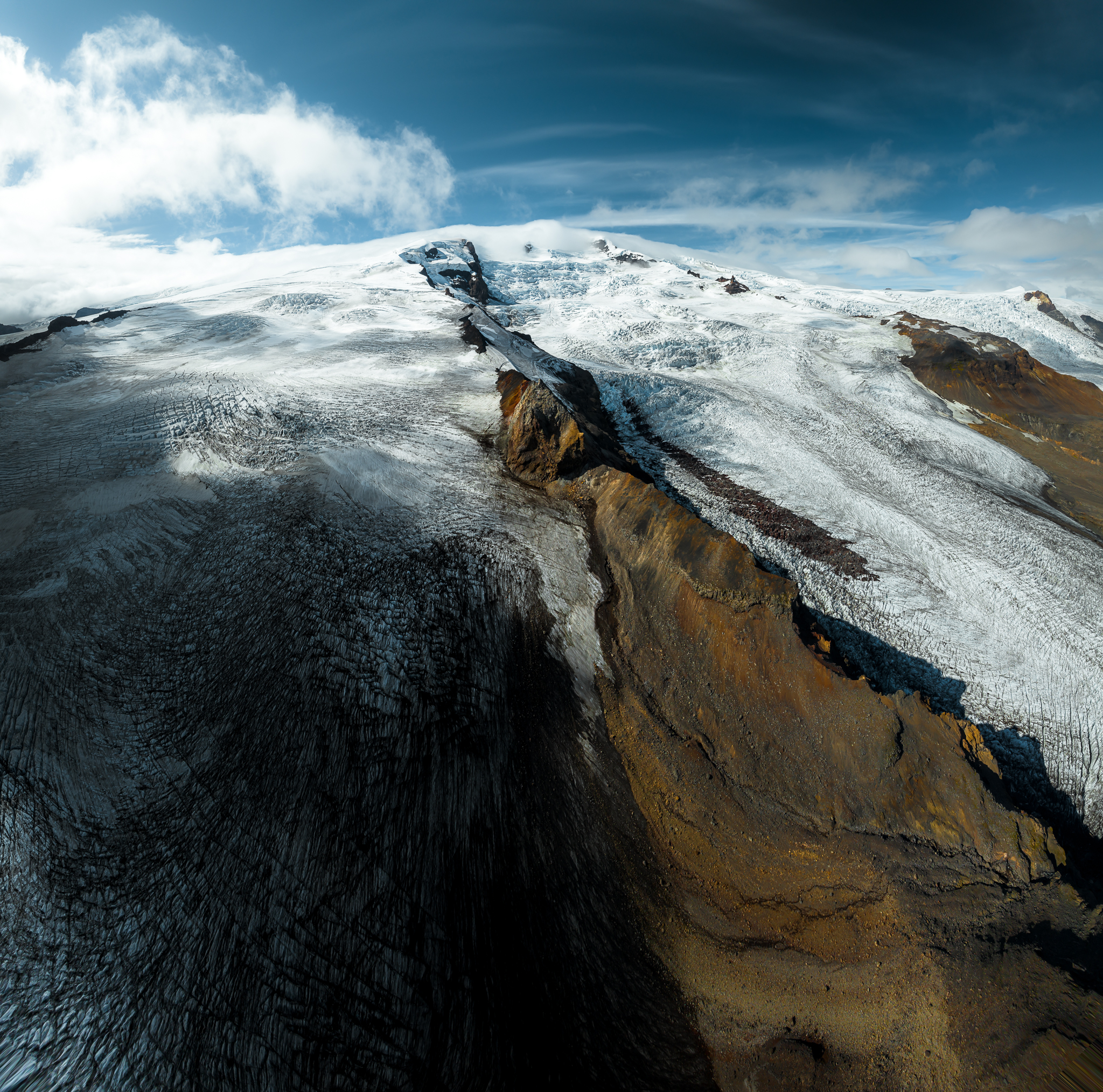Discover the vicinity of Öræfajökull - stage eight of The Volcanic Way
Vatnajökull glacier is everpresent as you explore the easternmost part of The Volcanic Way. Its highest peak is Öræfajökull, a stratovolcano at Vatnajökull's southern edge. Ever since the volcano erupted in 1362, the surrounding region has been called Öræfi, which roughly translates to Wastelands. Now, centuries later, the area is embellished with lush fields and woods between glacial floodplains. Here you will find several glacier lagoons, Jökulsárlón being the most famous, and hiking trails in extraordinary landscapes. In winter, if you're lucky, you might spot wild reindeer. In summer, you can visit puffins on a guided tour of cape Ingólfshöfði.
Learn and discover:
Locals recommend:
Popular places:














